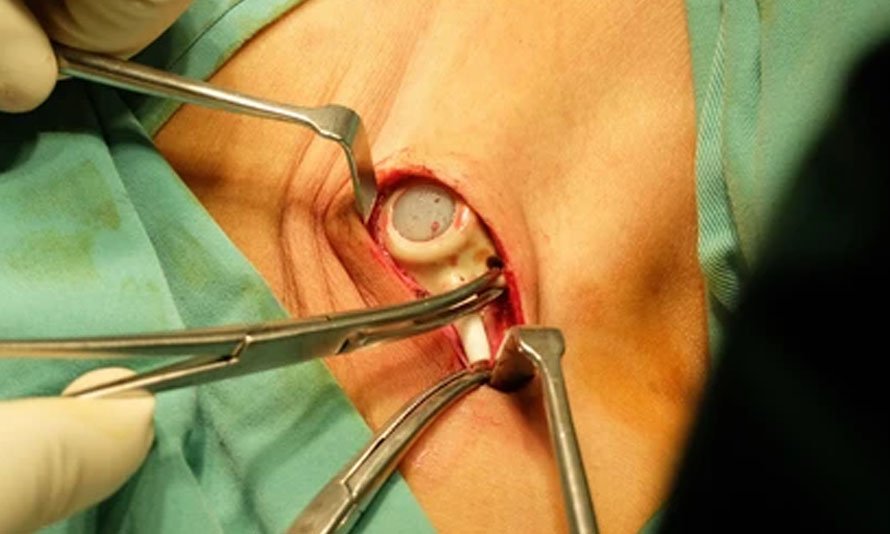
A chemoport, also known as a port-a-cath or a mediport, is a medical device implanted under the skin that provides easy and long-term access to a patient's bloodstream for the administration of chemotherapy, intravenous (IV) medications, blood products, or other treatments. Chemoports are commonly used in cancer treatment and other medical conditions where frequent IV access is needed. Here's an overview of chemoport placement:
1. Indications for Chemoport Placement:
Chemoports are typically placed when a patient requires long-term or repeated intravenous treatments, such as chemotherapy. They offer several advantages, including:
Reduced discomfort: Chemoport placement can reduce the need for multiple IV insertions, which can be painful and can cause vein damage over time.
Lower infection risk: Chemoports have lower infection rates compared to peripheral IV lines because they are entirely under the skin, reducing the risk of contamination.
Improved quality of life: Patients with chemoports can maintain a more active lifestyle since they do not need to carry around external IV lines.
2. Chemoport Placement Procedure:
Chemoport placement is typically performed by an interventional radiologist or a surgeon in a sterile setting. The procedure generally involves the following steps:
Local anesthesia: The patient is given local anesthesia to numb the area where the port will be placed, typically on the chest.
Incision: A small incision is made, usually on the right side of the chest, just below the collarbone.
Catheter insertion: A catheter is inserted into a large vein, usually the subclavian vein or jugular vein, and threaded down into a larger vein near the heart.
Port placement: The port, a small reservoir with a self-sealing silicone septum, is connected to the catheter and implanted under the skin. The port's top is visible just below the skin, making it accessible for needle insertion.
Suturing: The incision is closed with sutures, and sterile dressings are applied.
3. Care and Use of Chemoport:
Once the chemoport is in place, healthcare providers can access it by inserting a special non-coring needle through the skin and into the septum of the port. This needle can be used for administering medications, drawing blood for tests, or flushing the port to maintain its patency.
Regular maintenance of the chemoport is necessary to ensure its proper function and reduce the risk of complications. This includes flushing the port with saline or heparin solution between treatments and maintaining sterile technique during needle insertions.
4. Complications:
While chemoports are generally safe and well-tolerated, complications can occur. Common complications include infection, blood clots (thrombosis), catheter dislodgment, and blockage. Signs of port-related problems may include redness, pain, swelling, or drainage at the insertion site, and should be promptly reported to a healthcare provider.
5. Removal:
When no longer needed, chemoports can be removed through a relatively simple outpatient procedure. Removal is typically recommended when the patient has completed their course of treatment or if complications arise.
Chemoport placement can significantly improve the quality of life for individuals undergoing long-term intravenous treatments. It allows for more comfortable and convenient access to the bloodstream, reduces the risk of complications, and minimizes the need for frequent needle sticks. The decision to place a chemoport is made in consultation with the patient's healthcare team based on their specific medical needs and treatment plan.